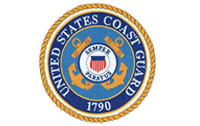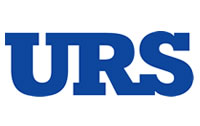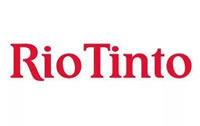Focus on the process rather than the desired outcome to drive the changes you seek.
By Tom Moriarty
You can find Ph.D.-written articles in Forbes magazine and the Harvard Business Review that discuss the poor outcomes of many change management efforts. The figure you see often is that 70% of change initiatives fail. The experts state that the change initiatives fail because of a lack of sustained senior-level support, insufficient time spent on training and communicating, or the fact that staff was distracted by other initiatives.
Let’s get real. We don’t need rationalizations, psycho-babble, or elaborate models to explain why change-management initiatives fail. We need simple models that can be easily understood and carried out.
In 2001, Jim Collins’ best-selling book “Good to Great” was published. Here’s a synopsis of Collins’s research and recommendations regarding developing the right culture:
“The transition begins not by trying to discipline the wrong people into the right behaviors, but by getting self-disciplined people on the bus in the first place. Next we have disciplined thought. You need the discipline to confront the brutal facts of reality while retaining resolute faith that you can and will create a path to greatness.”
Getting self-disciplined people on the bus is a major challenge. People may not have had the opportunity to demonstrate whether they have the right stuff. In addition, in today’s environment, you may not be able to find enough qualified people. You have to play the cards you’re dealt.
Given that, Collins is suggesting the simple concept of having leaders who can set the direction and then holding people accountable by guiding them in carrying out the direction. In my experience, the simplest way to think about performance and improving it is this:
- Culture is defined as what most people do, most of the time.
- Behaviors are what people do.
- Define the behaviors you want.
- Hold leaders and team members accountable.
This is why I don’t like the term “culture change.” Culture is an outcome; it’s not something that can be directly created. It is a consequence of the behaviors that leaders foster. If you properly define the behaviors you want and have the fortitude to hold people accountable, you’ll get the culture you want.
A caution about defining behaviors: Define behaviors with a minimum amount of restriction or bureaucracy. If guidance is overly bureaucratic, self-disciplined people will leave because they don’t feel trusted or empowered. You’ll be left with a higher percentage of undisciplined people and an increased need for bureaucracy.
Guidance tells people what’s supposed to be done and how. Guidance means defining roles, responsibilities, policies, processes, procedures, and measures. Over time, collections of aligned behaviors become the cultures we want. You manage defined behaviors by having leaders hold themselves and others accountable for carrying out the guidance.
It’s important to have guidance written down because then it’s visible. And because it’s public knowledge, leaders must provide the resources required for the team to be able to carry out the guidance. Performance measures let leaders know whether performance is meeting expectations. Written guidance means there’s a baseline for improving the guidance as more experience is gained and for measuring leaders on their performance in accomplishing objectives.
Holding yourself and others accountable is a leadership function. Leading means being consistent, assertive, respectful, motivational, and attentive. Using those attributes, a leader observes performance relative to the guidance provided, reinforces compliant behaviors, and corrects noncompliant behaviors.
That’s it. That’s where leaders need to focus their efforts if they want to change performance: on clear guidance and accountability. You don’t need a bunch of Ph.D.s or overpaid gurus. Just tell people what needs to be done (desired behaviors); monitor whether things are being done in accordance with the guidance; and act to reinforce compliant behaviors or correct noncompliant ones.
Don’t try to change the culture. Change behaviors to get where you want to go.


















